Local News
The IU Center for Rural Engagement assists with solar eclipse planning for 2024

Bloomington, Indiana – In advance of the 2024 solar eclipse, Indiana communities seeking to host arts and cultural events and activities will benefit from a new project developed by Indiana University.
The Center for Rural Involvement will be able to assist rural involvement for the university’s solar eclipse effort thanks to funding from the Simons Foundation by providing staff support, resources, and outreach for community events. According to IU, all of these tie locals together around the momentous astronomical occurrence.
To help with the execution of eclipse activities, organizations in towns with a population of under 50,000 people can also apply for microgrants of up to $2,000 per organization. The fiscal agent for the grant program is Regional Opportunity Initiatives, which will also help with the technical aspects of the eclipse micro-grant program.
“The 2024 eclipse will be a momentous occasion for many of Indiana’s rural communities. Thanks to generous support from the Simons Foundation and Regional Opportunity Initiatives, rural residents and visitors will explore the cultural dimensions and creative inspiration of this solar event that will remain in our memories for a lifetime,” said Kerrry Thomson, executive director of the center for rural engagement.
When the moon blocks out the sun on April 8, a portion of the United States and Mexico will be completely black for up to four minutes. This includes a sizable portion of Indiana. It won’t be until 2099 until Indiana residents are once again in the path of totality for a solar eclipse.
The Simons Foundation is concentrating its funding on regions in Indiana and across the nation that offer fewer chances for traditional science engagement than other major metropolitan areas. The foundation seeks to foster connections with science that go beyond the 2024 eclipse through partnerships with local communities and organizations, such as science museums, art galleries, cultural centers, and local downtown areas.
-

 Local News2 weeks ago
Local News2 weeks agoFreight railroads have requested that the courts strike down a new regulation mandating two-person crews on trains
-
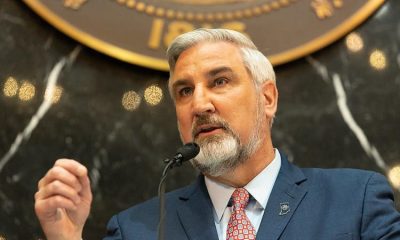
 Local News2 weeks ago
Local News2 weeks agoCommunities throughout Indiana will get another $500 million in READI awards
-
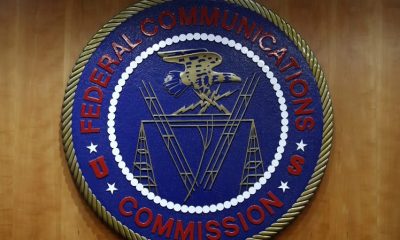
 Local News2 weeks ago
Local News2 weeks agoFunding shortfall forces FCC to cut internet subsidies
-
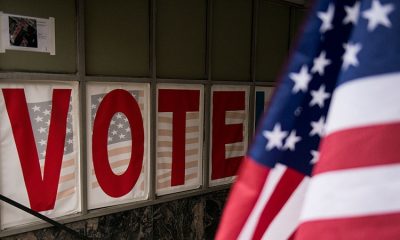
 Local News2 weeks ago
Local News2 weeks ago3 Indiana school districts asking voters for funding in May primary election
-

 Local News1 week ago
Local News1 week agoHendricks Co. Sheriff’s deputy dies after being electrocuted at crash scene
-
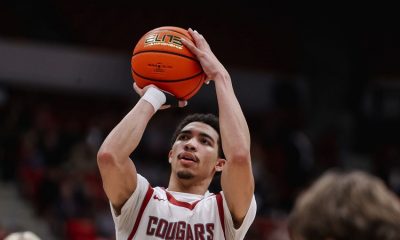
 Local News2 weeks ago
Local News2 weeks agoMyles Rice, a former Pac-12 Freshman of the Year, has committed to Indiana
-
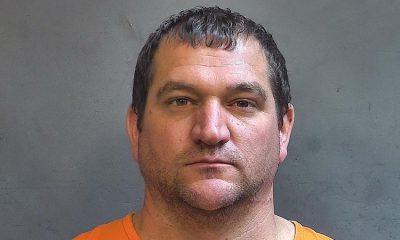
 Local News5 days ago
Local News5 days agoMan who won the primary election despite being accused of murder was found guilty of a lesser crime
-

 Local News1 week ago
Local News1 week agoIndiana limits abortion data for privacy under near-total ban; some GOP candidates push back

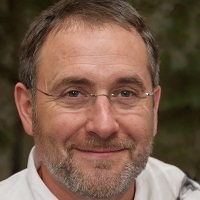

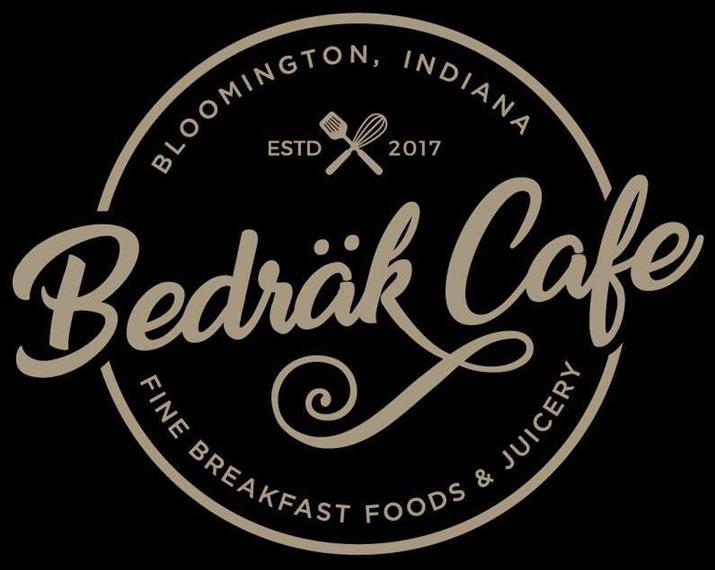
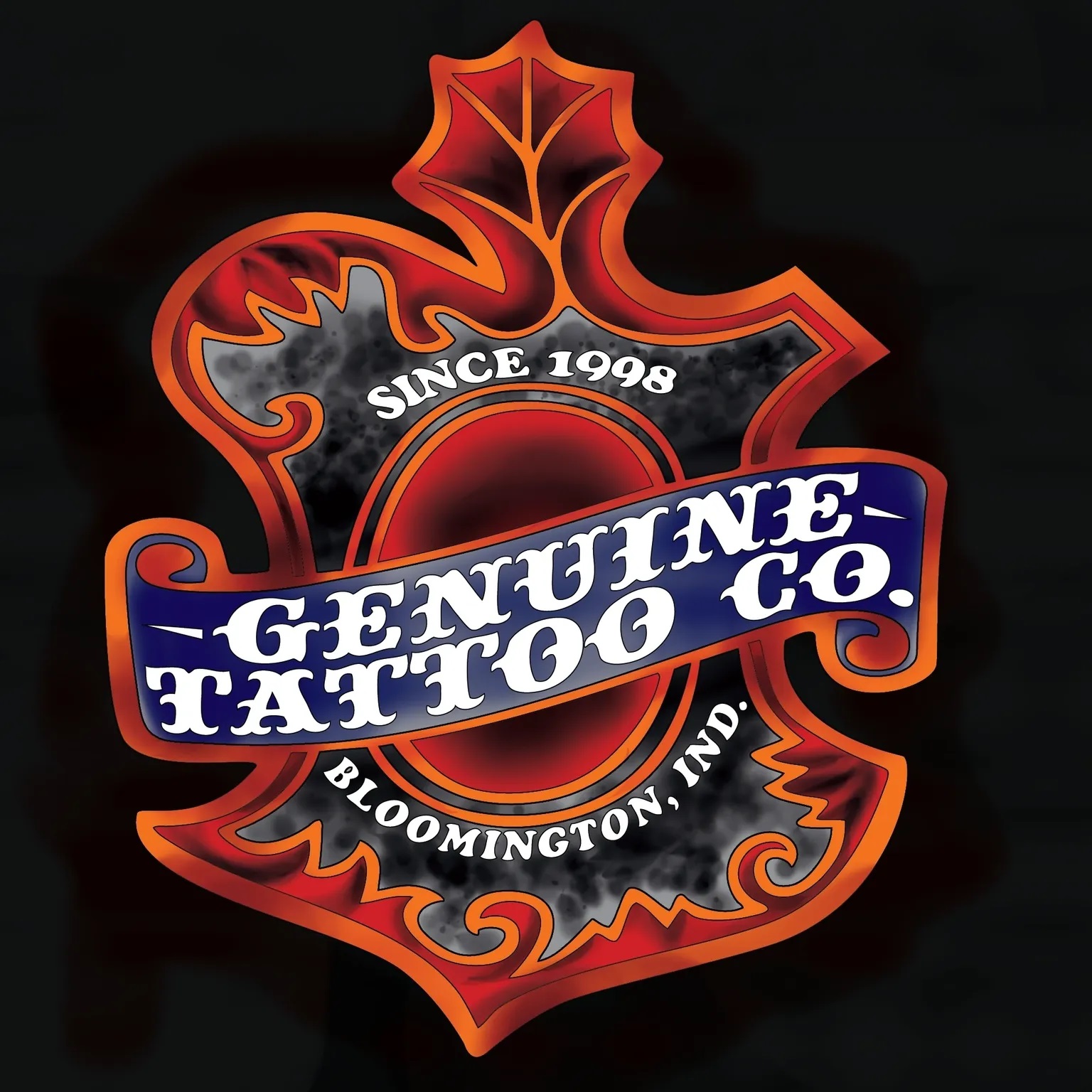

Leave a Reply